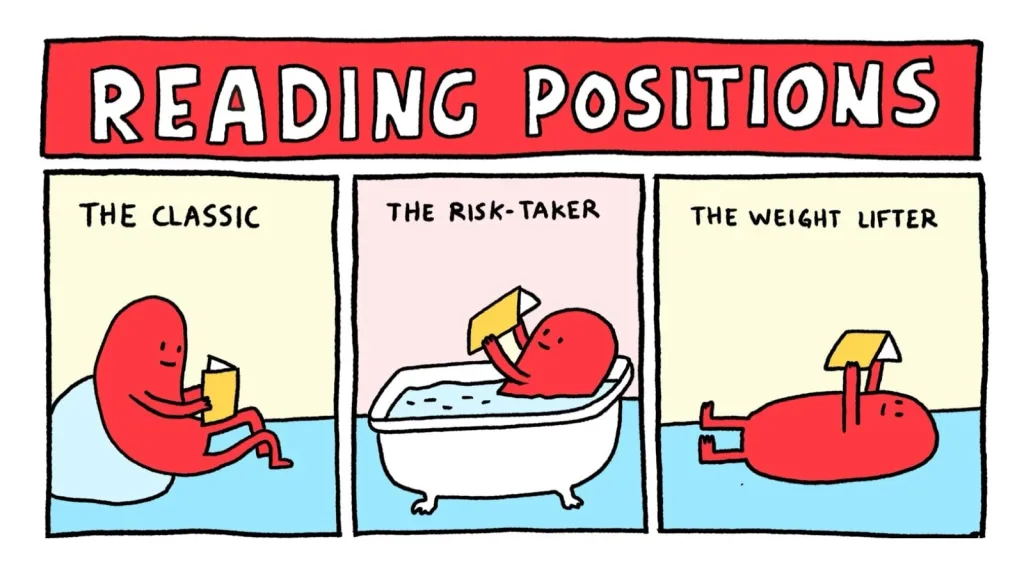
A leadership brief issued by the Urban Libraries Council includes recommendations on how libraries can integrate artificial intelligence tools in their work.
A few days ago, the Urban Libraries Council, an innovation tank of North America’s leading public library systems, released a report Leadership Brief: Explorations of Generative AI for Library Systems (available for download here).
💬 Being on the front line of new technology is a common position for libraries, and the rapid growth of generative AI technologies like ChatGPT in the past year has made this an urgent topic for library leaders.
The report includes the brief analysis of the artificial intelligence (generative AI presently), but its most important part carries recommendations on how to integrate the AI at libraries.
The document also includes insights and examples from library leaders in Boston, Multnomah County (OR), New York City, Palo Alto, San Francisco and San Jose.
Here are the highlights of the 5 recommended approaches.
5 ways libraries can responsibly embrace AI
1. Evolve from informing to using
Libraries should provide ways for people to use AI technologies. This can be done by adding AI elements to existing services, tools, and resources.
Some libraries are already doing this. For example, the San Jose Public Library uses AI to improve its services and programs. They use machine learning to make their data more accurate.
Other libraries are also looking at ways to use AI to improve their services. For example, the New York Public Library has a group of people from different departments. Team members are looking at how AI is currently being used in the library, and testing AI applications in different ways.
2. Help develop relevant prompt engineering skills
AI models need human input to work well. For large language models, the quality and relevance of the output depends on the prompts entered by the user.
This is an opportunity for library professionals to learn prompt engineering. Library professionals are trained to find information using keywords and phrases, so they are well-suited to learn prompt engineering.
Another way AI can be used in libraries is to develop tools that make administrative processes more efficient. This would free up staff time and improve service delivery. Examples of such tasks include compiling internal reports and cataloging library resources.
3. Keep developing information literacy
Generative AI tools are getting better, cheaper, and more widely available. This makes it harder for people to tell where information comes from and if it is true.
Library staff can help people understand this through education and training on information literacy. Libraries can lead this revolution by training patrons and staff on information literacy in the age of AI.
Here is a great example. The Palo Alto City Library recently hosted an AI storytelling event where people learned how to generate short stories and poetry with AI.
Libraries are also using generative AI in 3D printing labs, language classes, and workforce development programs.
4. Create an AI-focused digital inclusion environment
As AI becomes more widely used, it could widen the already existing digital divide. This is because AI is often expensive and difficult to access, and it requires certain skills and knowledge to use effectively.
Existing initiatives are working to address this issue. For example, the Digital Inclusion Network in Oregon is raising awareness of digital equity barriers and developing ways to ensure that everyone has access to the economic benefits of new technologies.
A similar model dedicated to AI should be explored to minimize the possible divide and to instead improve access to the economic benefits of new AI-powered technologies.
5. Promote the responsible use of AI
As AI continues to evolve, libraries need to be involved in the conversations that determine how this technology is developed.
This is to ensure that AI is used ethically and responsibly, and that everyone has access to the benefits of AI.
Libraries and educational institutions should be included in the design process of AI technologies, along with regulatory bodies. This will help to ensure that AI is used for good and that it benefits everyone.
Libraries can play a leading role in ensuring that AI is developed and used ethically and responsibly.
What are your thoughts? Can these recommendations be implemented in your library?
Source: Public Libraries Set the Stage for Integration of Artificial Intelligence – Urban Libraries Council








Leave a comment